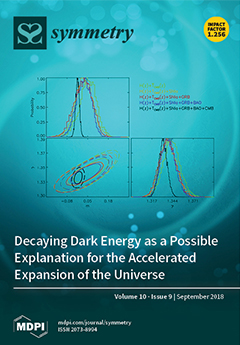The toxic transformation products of hydrazines are of great concern. These products’ properties combined with their formation mechanisms are needed to assess their potential environmental and human impacts. In this study, the gas-phase reaction of hydrazine (N
2H
4), monomethyldrazine (MMH)
[...] Read more.
The toxic transformation products of hydrazines are of great concern. These products’ properties combined with their formation mechanisms are needed to assess their potential environmental and human impacts. In this study, the gas-phase reaction of hydrazine (N
2H
4), monomethyldrazine (MMH) and unsymmetrical dimethyhydrazine (UDMH) with O
3 have been studied at varying reactant ratios, both in the presence and absence of a radical trap. Gas chromatography-mass spectroscopy (GC-MS) has been implied to follow reactant consumption and product formation. Apart from the reported products detected by Fourier transform infrared spectroscopy (FT-IR), the newly found compounds (hydrazones, formamides, dimethylamine, 1,1,4,4-tetramethyl-1,2-tetrazene,dimethylamino-acetonitrile, N
2, H
2O, et al.) are identified by GC-MS. The relative yields of the organic products vary considerably at different O
3/MMH or UDMH ratios. UDMH and MMH are confirmed as high potential precursors of N-nitrosodimethylamine (NDMA). The presence of hydroxyl radicals (HO·) hinders NDMA formation in MMH-O
3 system. Meanwhile, it increases NDMA formation in UDMH-O
3 system. The suggested reaction mechanisms which account for the observed products are discussed.
Full article





